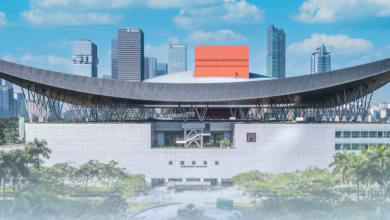
Shenzhen Records 140 Nationally Protected Species as It Builds a Model for Urban Biodiversity Conservation
Shenzhen, often referred to as China’s “smallest super city” in terms of land area, is setting a benchmark in urban biodiversity conservation. Despite its compact size, the city has developed a connected ecological protection network across land and sea, demonstrating how high-density urban centers can coexist with rich natural ecosystems.
Currently, 24% of Shenzhen’s land and 19% of its marine areas are designated under strict ecological protection zones—known as ecological redlines. The city is home to 27 officially recognized nature reserves and an impressive 1,320 parks, providing sanctuaries for a wide variety of species.
Recent surveys highlight the remarkable biodiversity within the city’s limits. To date, Shenzhen has recorded 2,234 species of wild vascular plants and 551 species of terrestrial wild vertebrates. Among them, 140 are classified as nationally protected species in China. This includes rare birds, amphibians, mammals, and plants that are under threat across the country.
In a significant boost to scientific research and biodiversity documentation, three new species have been discovered in Shenzhen in recent years: the Lingnan floating frog (Occidozyga lingnanica), the Baguang water fern (Ceratopteris baguangensis), and another yet-to-be-named species. These findings underscore Shenzhen’s ecological richness and the effectiveness of its environmental protection policies.
The city’s commitment to conservation goes hand-in-hand with its reputation for innovation and sustainability. Through integrated planning, Shenzhen has managed to protect its critical habitats while continuing to grow as a global technology and economic powerhouse. Green corridors, wetland restoration, marine conservation zones, and smart monitoring technologies are being used to ensure the coexistence of development and nature.
Shenzhen’s efforts align with China’s broader ecological goals and international commitments to biodiversity under frameworks like the Convention on Biological Diversity. By pioneering biodiversity protection within an urbanized setting, Shenzhen offers a replicable model for other rapidly growing cities worldwide.
As environmental challenges mount globally, Shenzhen’s proactive approach proves that even in densely populated, high-tech cities, nature can not only survive—but thrive.





